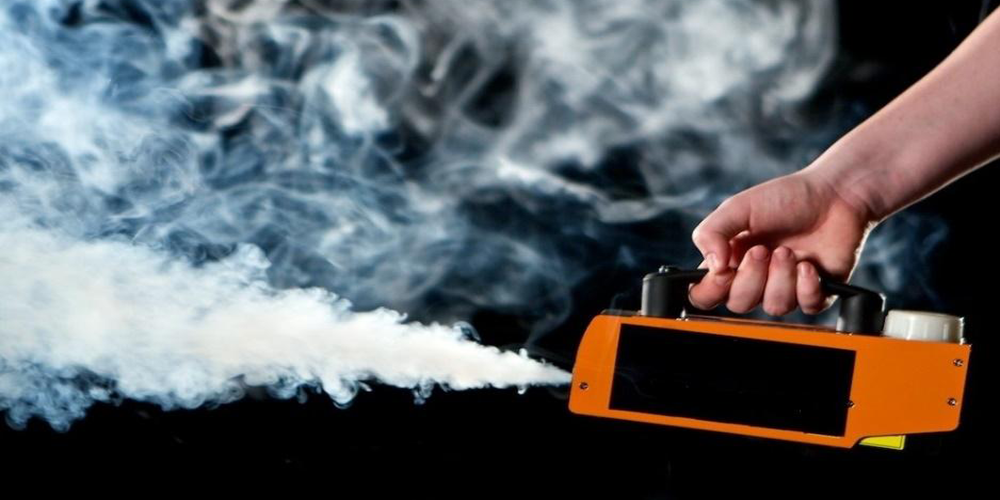
Guide to Smoke Shaft Air Testing
Smoke Shaft Air Testing: Pass First Time
Smoke shafts play a crucial role in fire safety within high-rise buildings. As a key part of a building’s smoke control system, they’re designed to help manage smoke movement during a fire, keeping escape routes clearer for longer. Because of this vital function, the air-tightness of a smoke shaft isn’t optional—it’s essential.
Most smoke shafts must meet a strict air-tightness target (typically 3.8m³/hr/m²). If they fail to achieve this standard, it can compromise the performance of the entire smoke control system, leading to delays in sign-off from fire system contractors or Building Control.
Experts in Smoke Shaft Testing & Diagnostics
With extensive experience across smoke shafts of all sizes, we’ve helped countless clients achieve compliant test results. If a shaft fails its initial test, our diagnostic service quickly locates leakage paths using a combination of:
- Smoke testing
- Thermal imaging
This approach allows us to pinpoint exactly where air is escaping. We compile these findings into a clear, detailed air leakage report so that targeted remedial sealing can be carried out efficiently. In most cases, clients achieve a successful pass on the follow-up test.
Our Premium Smoke Shaft Testing Service Includes:
- Comprehensive smoke shaft survey visits by experienced consultants
- Testing carried out by a UKAS and ATTMA Level 2 accredited air testing company
- Official UKAS/ATTMA-compliant smoke shaft air test certification
- State-of-the-art, high-powered fan and UKAS-calibrated equipment
- Industry-leading diagnostic services using smoke machines and thermal imaging
- Fast, reliable turnaround with our rapid testing service
Air Pressure Testing is one of the few companies accredited to both UKAS and ATTMA Level 2 for air tightness testing of buildings, smoke shafts, and floor plenums.
Works to the Smoke Shaft:
Certain events may require additional testing:
- Alterations to the smoke shaft:If modifications are made to the fabric of the smoke shaft or adjacent areas, retesting is necessary.
- Fire Incidents:After a fire incident, smoke shafts should be inspected and tested to confirm their ongoing integrity.
- Building Occupancy Changes:If the building’s use changes significantly, retesting may be required, i.e. an office building to residentialConsult Local Authorities and Experts:Always consult with local fire safety authorities, building control officers, or fire engineers. They can provide specific guidance based on regional regulations and best practices.
Remember that maintaining properly functioning smoke shafts is essential for occupant safety during fires. Regular testing ensures their reliability and effectiveness in smoke extraction.
Need Smoke Shaft (AOV) Testing or a Checklist?
If you’d like more information about our smoke shaft testing services, or want to download our smoke shaft checklist, contact us by calling 01525 303905 or visit our website at:
www.aptsoundtesting.co.uk
We’re here to help you achieve compliance quickly, efficiently, and with confidence.